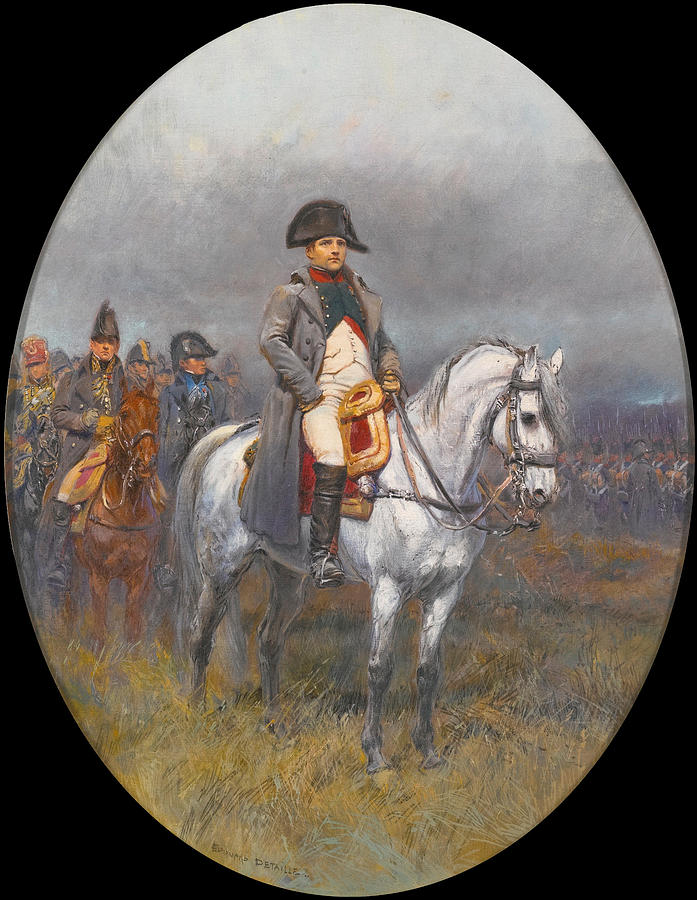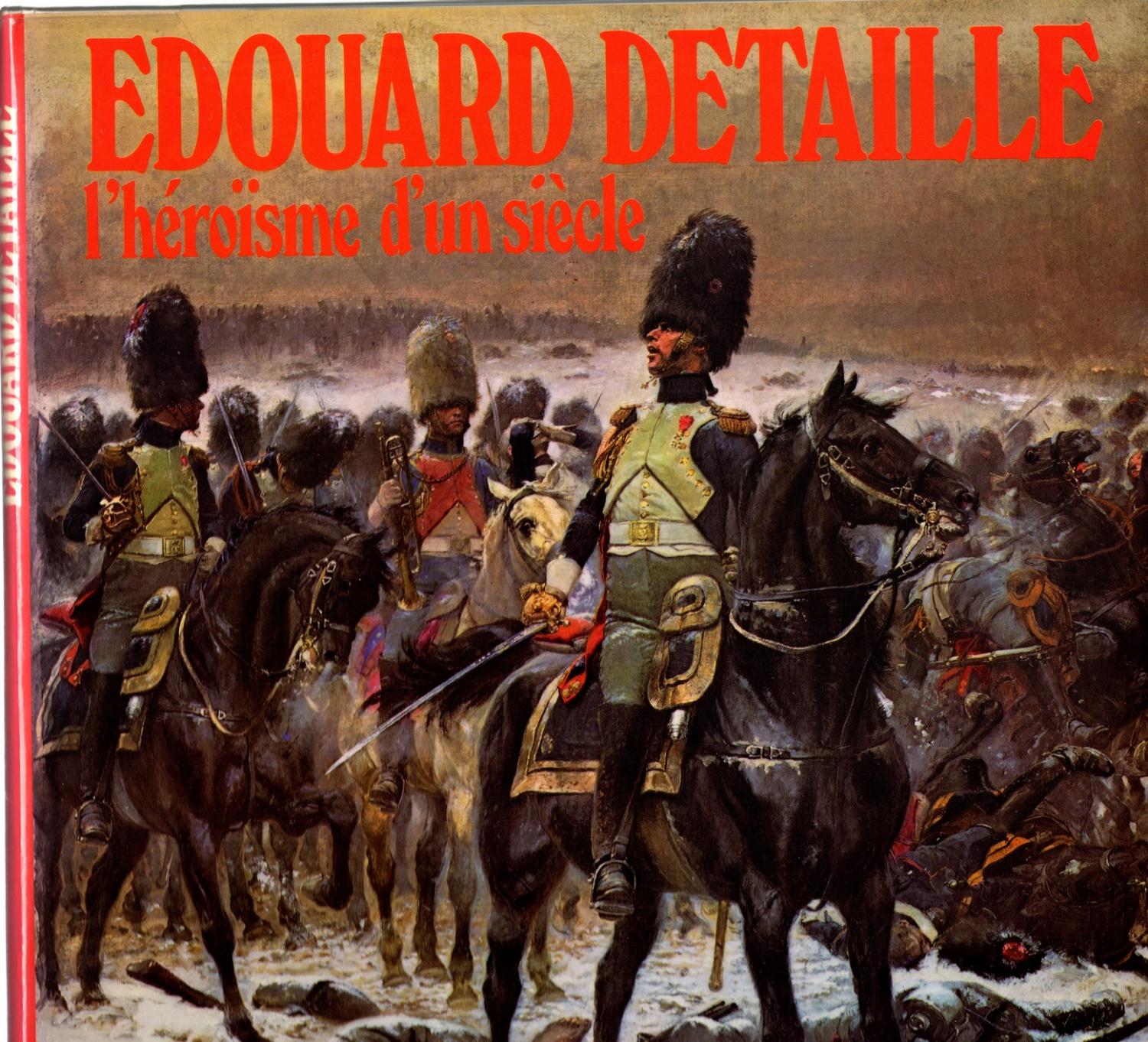


They are dreaming of the glory of their predecessors, and of exacting revenge following their country's defeat in the Franco-Prussian War. The soldiers are young conscripts of the French Third Republic who are taking part in summer exercises, probably in Champagne. It shows an encampment of sleeping French soldiers that continues as far as the eye can see. Le Rêve is a painting depicting the military - the specialty of its creator, Édouard Detaille. It won the gold medal at the Salon in 1888. The Dream) is a painting by Édouard Detaille created in 1888. At the end of his career, Detaille's artistic approach may have seemed outdated, but from a political point of view it certainly served its purpose.Le Rêve (, transl. He received many honors, and in 1916 a gallery dedicated to his work opened in the Musée de l'Armée in Paris. However, Detaille should be regarded as the quasi-official French military painter of the second half of the nineteenth century. He has been criticized by some for paying too much attention to details rather than the overall composition and for his overly nationalistic sympathies. Apart from his easel paintings and panoramas, the artist also painted murals (1905, Panthéon, Paris 1908, Hôtel de Ville, Paris) and made watercolors. Even after the war, Detaille continued his involvement with military maneuvers, including, for example, an expedition to Tunisia in 1881. Detaille also represented scenes of the Franco-Prussian War in two vast panoramas, Champigny and Rezonville (1882, 1883, now dispersed), on which he collaborated with another famous battle painter of the era, Alphonse Marie Deneuville (1835-1885). He studied and collected French and foreign uniforms and in 1883 issued two illustrated volumes recording the various uniforms of the French army from 1789 to 1870. The Victors and A German Convoy, which Detaille submitted to the Salon of 1872, were rejected by officials in order to avoid diplomatic embarrassment with the German government, to whom France was paying a huge war indemnity. This firsthand experience of military life provided him with ample material for his subsequent artistic output. He returned to France and joined the Eighth Battalion of the Mobiles and recorded enemy positions under General Appert. Before the Franco-Prussian War (1870-71) erupted, Detaille was on a sketching trip in Algeria. The military predilection that dominated Detaille's oeuvre was undoubtedly influenced by the fact that his grandfather had been an arms supplier to Napoléon, his brother served in the military, and his father was close friends with the battle painter Vernet (q.v.).

He made his debut at the Salon as early as 1867 with the Interior of Meissonier's Studio, but his reputation was firmly established at the Salon of 1869, when he received his first medal for A Rest During Maneuvers, Camp at Saint Maur. Detaille received a thorough training, and the same precision that defined the work of his teacher would soon characterize Detaille as an artist. After seeing Detaille's portfolio, however, Meissonier himself accepted him as a student. In 1865 Meissonier (q.v.) was asked to give a recommendation for Édouard Detaille, then seventeen years old, to apprentice with Alexandre Cabanel (1823-1889).


 0 kommentar(er)
0 kommentar(er)
